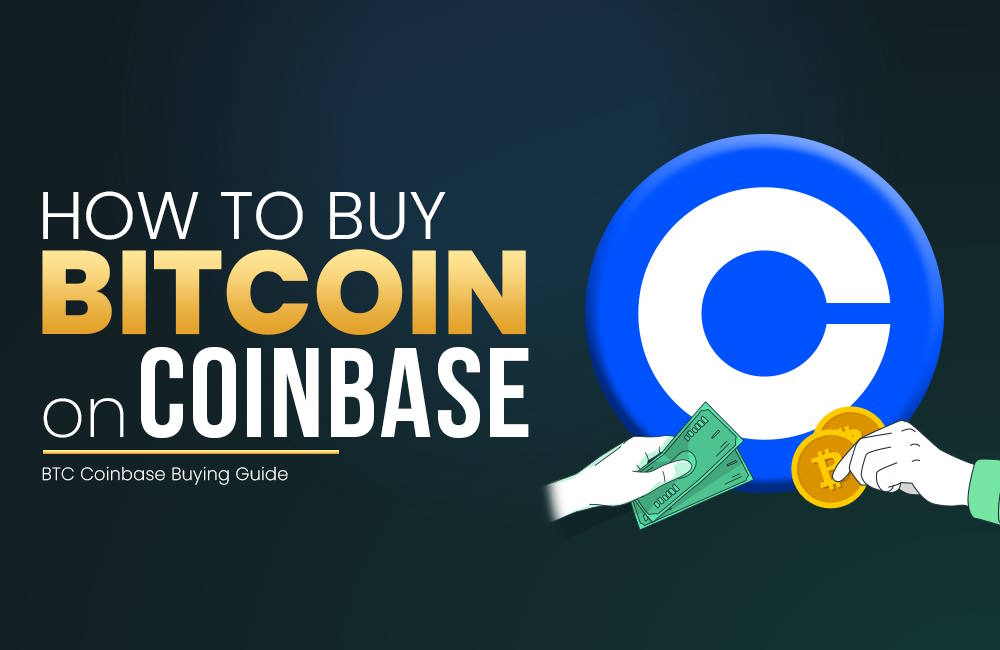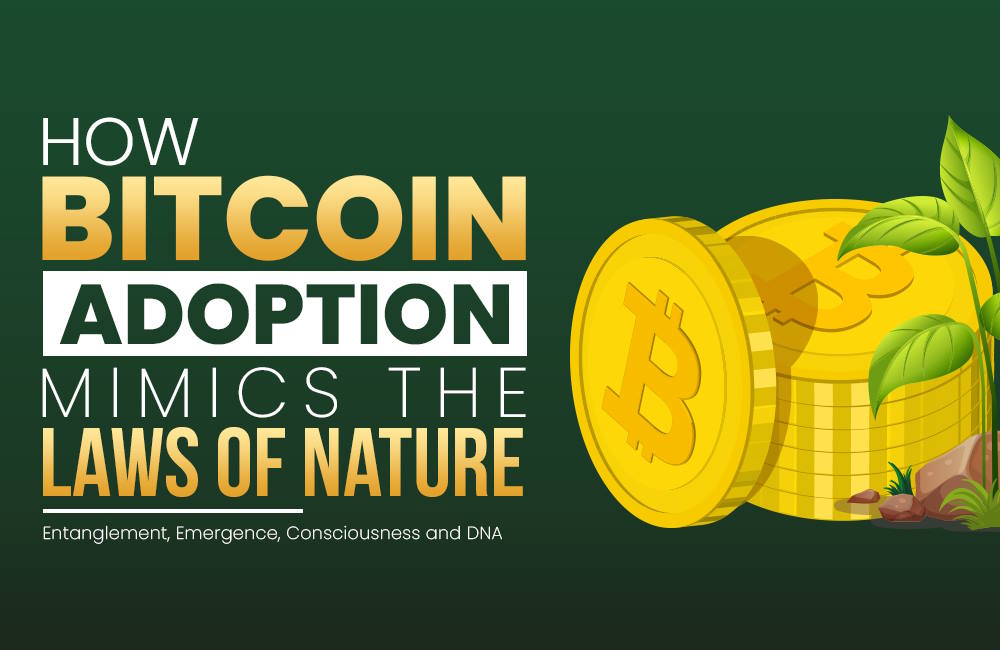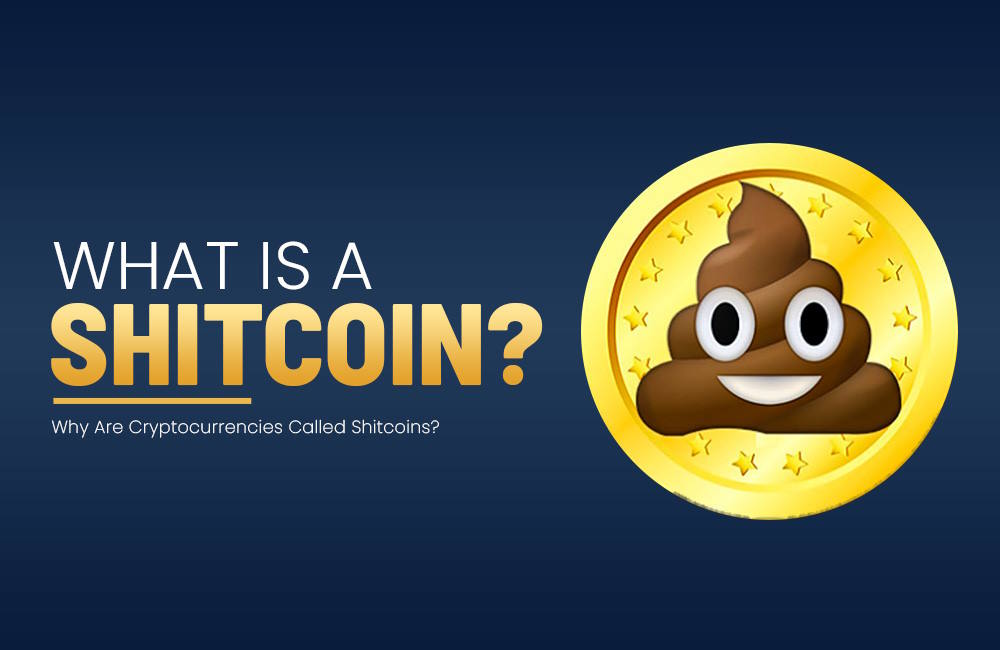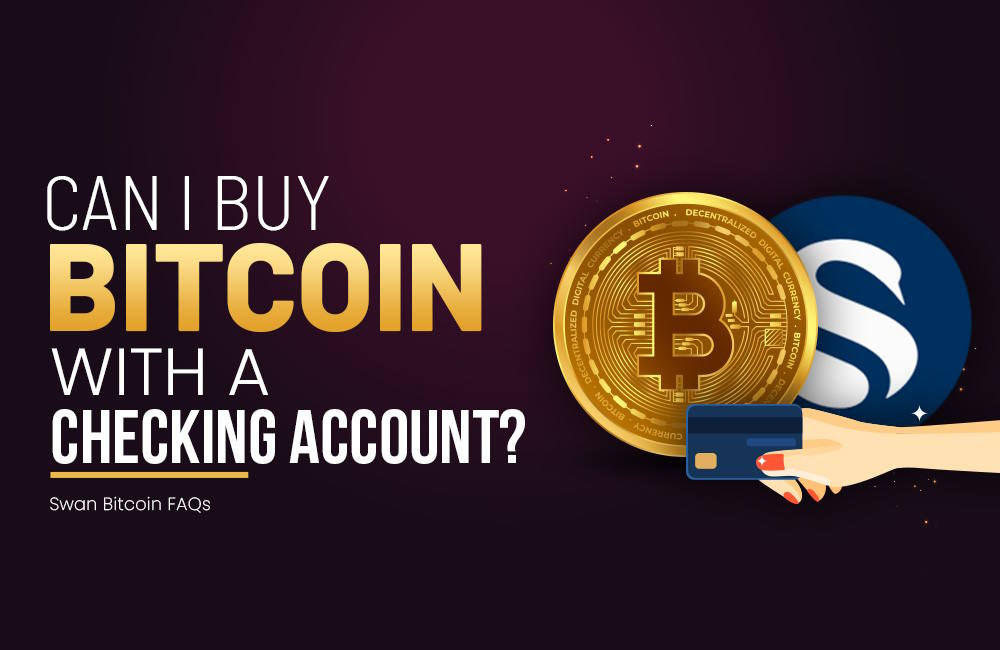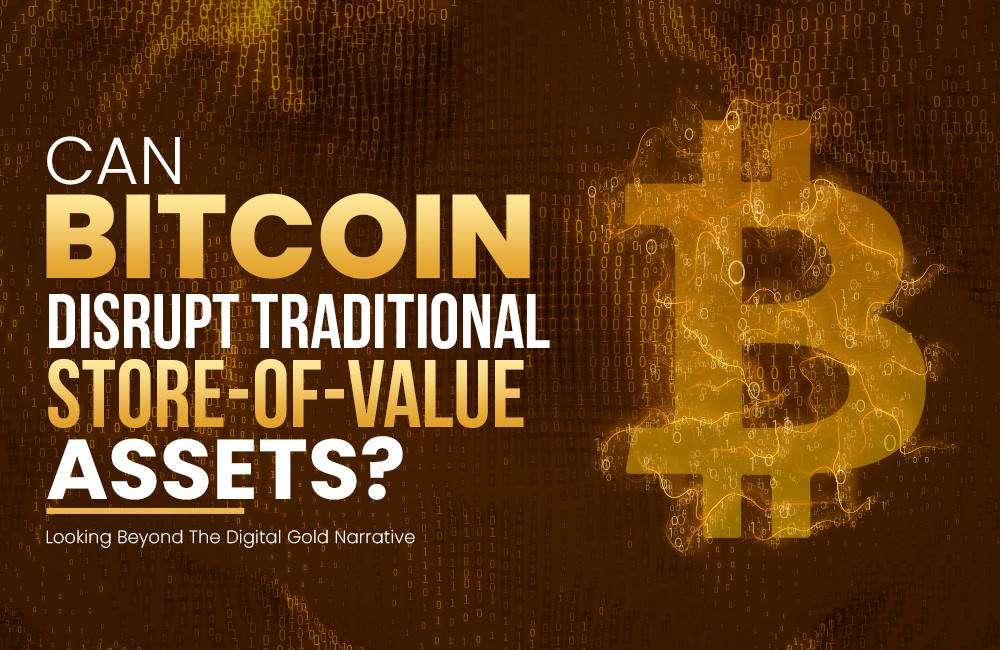
What we're talking about:
Can Bitcoin Disrupt Traditional Store-of-Value Assets? Looking Beyond the Digital Gold Narrative
We often think of bitcoin as a store of value, such as a versatile form of digital gold. In reality, the potential of bitcoin’s reach extends far further than that of precious metals. To understand why this is, it’s helpful to take a closer look at which markets bitcoin actually competes in. Once that’s done, you’ll be surprised to see what possibilities lie in store for bitcoin’s future growth.
But first, a quick shout out to Natalie Brunell and Jesse Myers whose recent podcast and newsletter served as inspiration for this particular article. Make sure to give these two Bitcoin educators a follow as they provide useful insights into Bitcoin culture and BTC adoption.
Competing With Store-of-Value Assets
Myers makes the case that Bitcoin’s price movement is fueled by both increasing scarcity and absolute scarcity. This is of course part and parcel of the digital scarcity that Satoshi programmed into the software’s source code. Up until the unveiling of Bitcoin in 2008, such a predesigned phenomenon had yet to be successfully implemented.
Myers goes on to explore the use cases of such a scarce digital asset. Its utility as a currency is straightforward to comprehend, and continued adoption and successful halving cycles have done well to strengthen the narrative of bitcoin being a valid digital gold. But according to Myers, bitcoin’s reach goes even further.
Bitcoin is a store-of-value asset. Therefore, when competing for market share, it is up against several contenders from various overlapping sectors. Sectors such as gold, real estate, bonds and equities. As bitcoin’s price continues to rise, the ceiling for its growth depends on how broadly the asset will compete against other store-of-value assets.
Crunching the Numbers
When you add up the various categories of wealth in the world, you get a figure approximate to $900 trillion, two-thirds of which are shared between the bonds and real estate sectors. Other significant sectors include money, gold, art, equities and collectibles.
Considering bitcoin’s attractive features, it can realistically compete for market share against any of these store-of-value assets. All $900 trillion of it. With a market cap of around $0.4 trillion at the time of writing, that puts bitcoin at a mere 0.05% of the world’s value capture. Plenty of room for growth.
Now here’s the fun part. Seeing as we’ve identified and quantified bitcoin’s true market, that of store-of-value assets, we can begin to make our own price predictions based on how much market share BTC can capture from each individual asset class.
Myers provides a useful table in his article. By estimating the market capture of each value sector, it’s possible to extrapolate a new market cap for bitcoin. Through this methodology, Myers makes the bold claim that the price of a single bitcoin will eventually reach the $10 million mark; and this is his conservative estimate!
Feel free to play around with the numbers and make your own informed price predictions. Once you’ve made your calculation for bitcoin’s future price, and with today’s price being ..., ask yourself: Do you have enough bitcoin?
Reflection
So that’s as far as Jesse’s article brings us. But what have we learned? Well, it’s important to take a step back and realize how all-encompassing bitcoin truly is. Bitcoin has traversed many narratives during its colored history, from a payment system to a store-of-value, and more recently as an interactive data storage layer, thanks to the popular Ordinals protocol. The truth of the matter is that Bitcoin remains active and relevant on many fronts. Bitcoin does not need to be pegged into any particular hole.
As more people become educated about its unique properties, and purchasing power continues to be drained from average people’s wallets, wealth will continue to overlap from the various asset classes into the realm of Bitcoin. Each one on its timeline. Exactly how much though remains to be seen.
It’s also important to remind ourselves that Bitcoin is not the be-all and end-all of value preservation. A purely digital commodity will not replace all forms of fine art and physical collectibles. Nor will it replace the buildings we live in or the companies we work for. What will happen is that Bitcoin continues to expand and co-exist within a broader set of markets than currencies, precious metals and other traditional store-of-value assets.
Bitcoin: The Long Term Play
An ever-increasing number of investors are choosing to add BTC to their portfolios. This confirms bitcoin’s maturity as it continues to challenge the status quo of traditional store-of-value assets. Whether bitcoin’s price reaches $100k, or $10m, their investments will take time to grow, and that’s a good thing. The faster the growth, the rougher the tumble when pullbacks eventually occur.
This is where a good DCA strategy comes into play, which you can learn more about here: bitcoin Savings Strategy – How to Buy bitcoin Automatically
What we're talking about:


